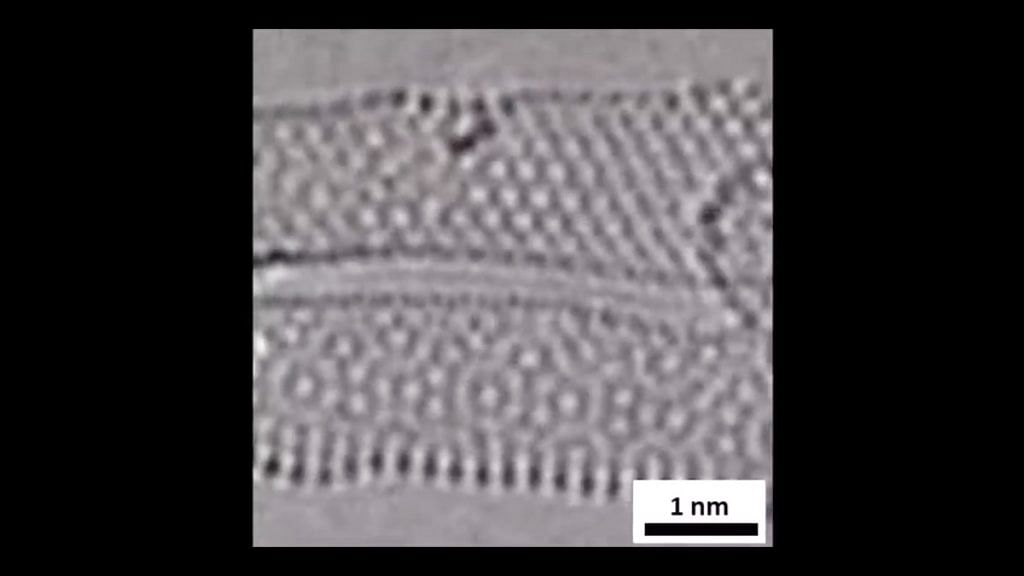Bengaluru: The first-ever footage of atoms bonding and breaking has been captured by scientists from UK’s Nottingham University and the University of Ulm in Germany using transmission electron microscopy (TEM).
The process of atoms forming bonds is fundamental to every existing thing in the universe. It happens at such a minute scale that the technology to capture it did not exist prior to this.
The video shows two rhenium atoms between 0.1 and 0.3 nanometres in diameter, forming and breaking chemical bonds, inside a carbon nanotube.
https://www.youtube.com/watch?v=byEqhd5Bpr4
The imaging results were published in the journal Science Advances, earlier this month.
Also read: First highest-resolution images of Sun are here, reveal never-seen-before features
What the video shows
The two rhenium atoms, used in the video, were trapped by the researchers inside narrow carbon nanotubes. By a stroke of luck, one of the molecules escaped and wedged itself into a gap between two nanotubes and this caused the bond between the atoms to break completely, before eventually reforming again.
When the two atoms bond in the video, they stretch and deform from circular to oval shapes, while vibrating intensely. When the bond breaks, the vibration and distortion stops. The electron microscope, which recorded the bonding, also pushed the atoms to bond by providing them energy.
Rhenium (Re) is a silvery-white heavy metal, which has a very high atomic number (75), making it more visible in the TEM as compared to others. An individual rhenium atom has a diameter of just 205 picometers or 205-trillionths of a meter.
“We show that the simultaneous function of the electron beam as a source of energy and an imaging tool allows advancement in the understanding of metallic bonding,” the researchers write in their paper. “The metallic bond can change over time as a result of the electron beam effect.”
With this technology, scientists hope to observe the formation of bonds and behaviour of atoms in varied settings to better understand atomic mechanisms.
Also read: Cyborgs roam among us & ‘transhuman’ running for US President — sci-fi is now at our door
